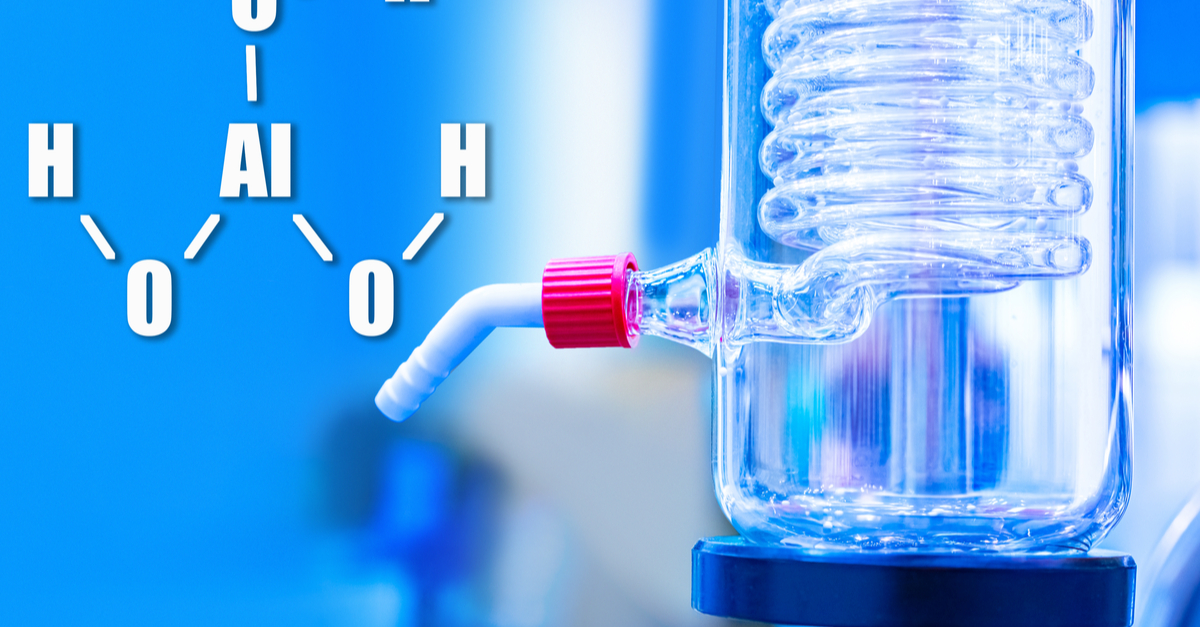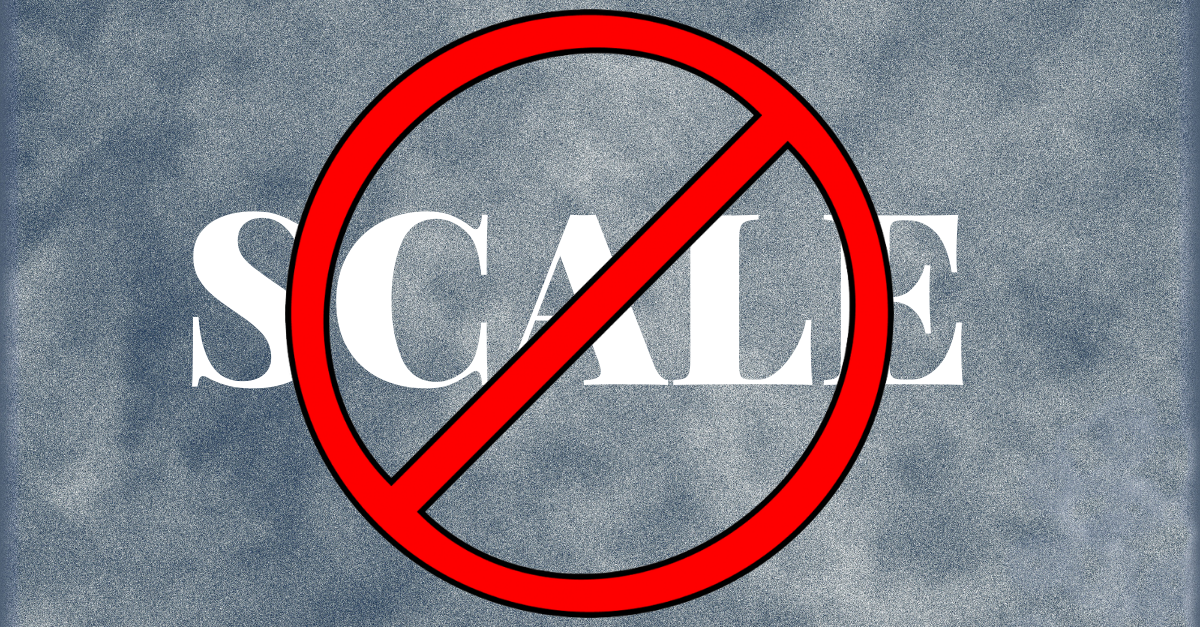Ultrasonic Cleaner for Mixed Metal Baths
Q. We are interested in a cleaner that will perform well for mixed metal ultrasonic baths. We are cleaning titanium and cobalt chrome. What can you recommend?
A. As a general rule, mixed metal baths should be avoided. When metals are far enough apart on the galvanic potential scale, batteries can form and the plating out of metal oxides can result, manifesting in dark deposits. This occurs when you clean active metals in electrical and electrolyte solutions in contact with another metal at a different galvanic potential.
How to: Remove Hydrated Aluminum Oxide – Al(OH)3
Q: We are currently using Alconox powder. What recommendations are there to remove Hydrated Aluminum Oxide – Al(OH)3 from aluminum?
A: Cleaning hydrated aluminum oxide, or aluminum hydroxide, is not the best of jobs for an emulsifying alkaline cleaner like Alconox powdered detergent.
Food Manufacturing: How to Descale Safely and Effectively
I am an engineer at a large food manufacturer. I have a couple of questions about Citranox regarding a descaling application. Specifically looking for options for how to descale stainless steel channeling that can only be reached by pumping a liquid through. Can a foaming detergent be used for pumping? How much do I use? How is this better than citric acid?
How to: Clean Aluminum from Oils and Proteins
Find out which detergents are aluminum safe cleaners to clean aluminum from oils and proteins.
Flux Residue Removal
Q. I am seeing a white powder around solder joints on PCBs. Is this solder flux? We use Detergent 8 for cleaning. Do you know why this is happening and how to stop or remove it?
A. There are several ways of approaching this common issue of solder flux and its removal. For example, One way to fix this problem is to lower the temperature when soldering. In another scenario, a leading aerospace manufacturer studied putting potassium silicate (10 mL in 10 L) into the Detergent 8 bath to act as an inhibitor to stop the formation of these white salts.




